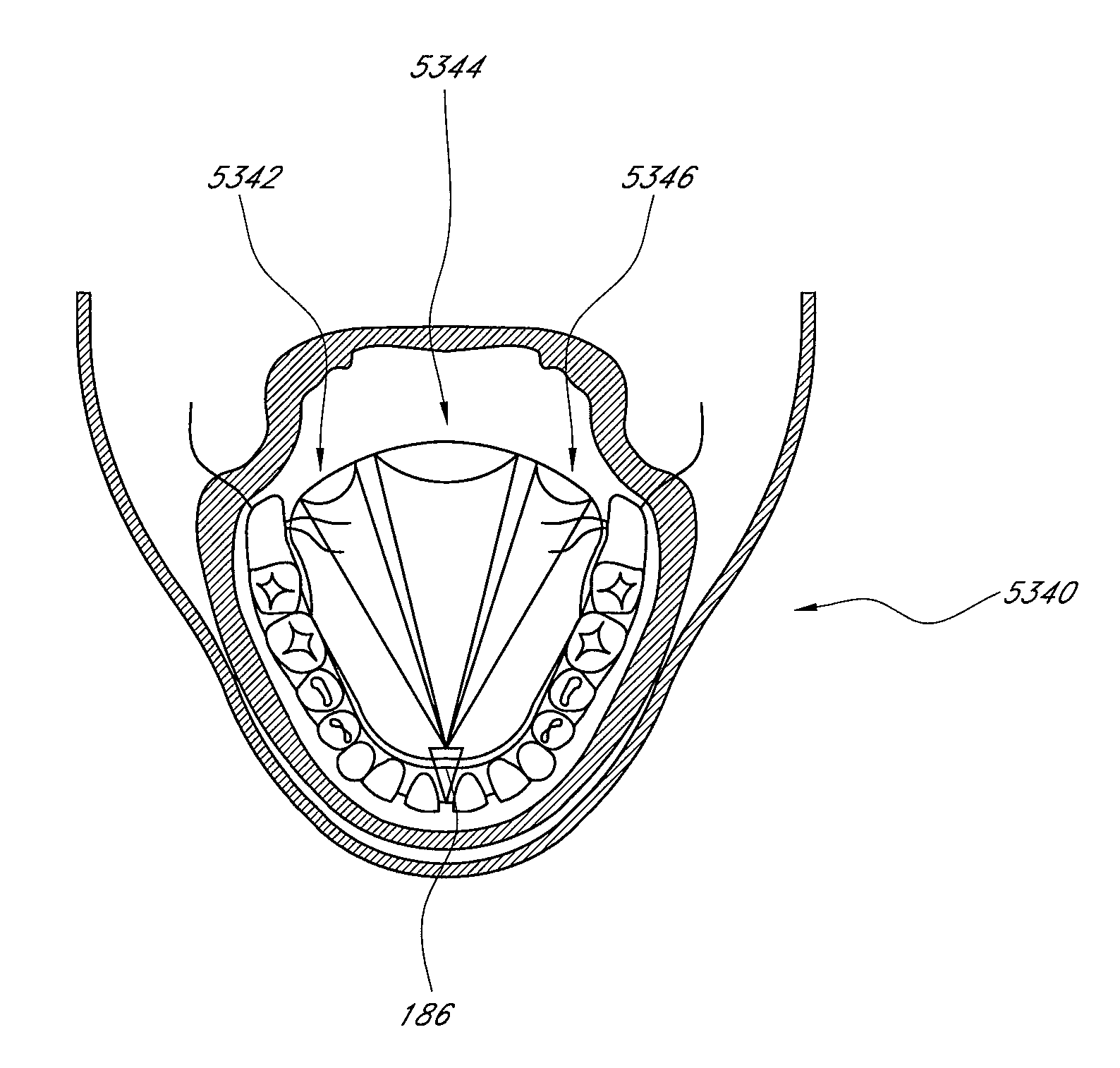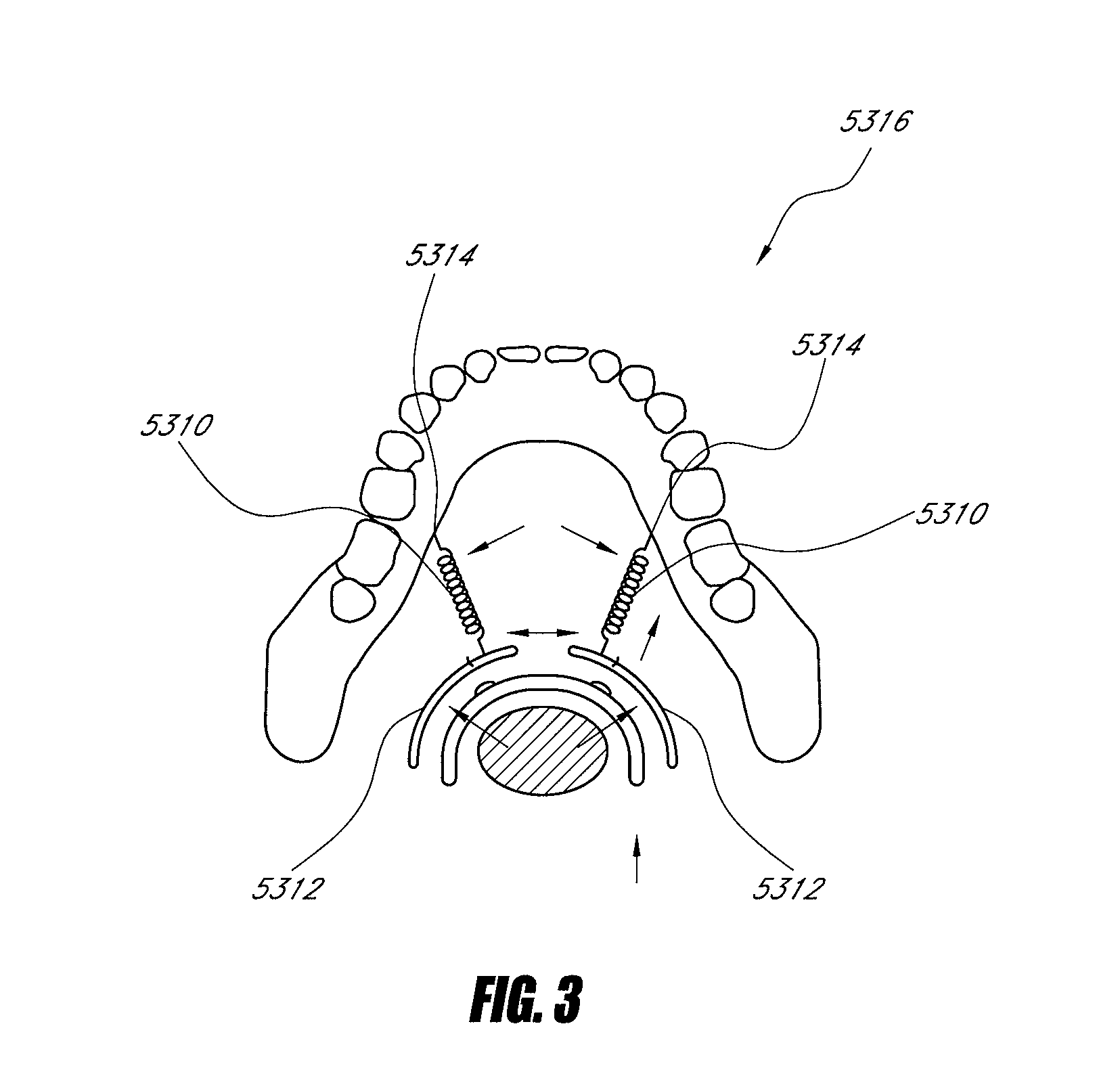Methods and devices for the treatment of airway obstruction, sleep apnea and snoring
a technology for airway obstruction and sleep apnea, which is applied in the direction of osteosynthesis devices, surgical staples, applications, etc., can solve the problems of airway obstruction risk during sleep, increased inspiratory effort may be required to overcome airway resistance, and excessive daytime sleepiness
- Summary
- Abstract
- Description
- Claims
- Application Information
AI Technical Summary
Benefits of technology
Problems solved by technology
Method used
Image
Examples
Embodiment Construction
[0038] Causes of airway obstruction include but are not limited to obstructive sleep apnea, snoring and congenital disorders such as Pierre-Robin syndrome. Disclosed herein are various embodiments of devices and methods for treating causes of airway obstruction. Embodiments described herein relate to, for example, adjustability, improved tethers, and improved anchoring of those implants to treat said conditions. Such devices and methods are further described in co-pending application Ser. No. 11 / 349,040, filed Feb. 7, 2006 and published Sep. 14, 2006 as U.S. Patent Publication No. 2006-0201519A1 (“Frazier '519 publication”) as well as in U.S. Pat. No. 5,988,171 to Sohn et al. (herein, “Sohn”) and U.S. Pat. No. 6,161,541 to Woodson (herein “Woodson”). Disclosed embodiments herein may also be adapted for use with the REPOSE® System by InfluENT Medical (Concord, N.H.).
[0039] U.S. patent application Ser. No. 11 / 349,040, filed Feb. 7, 2006 and published Sep. 14, 2006 as U.S. Patent Pub....
PUM
 Login to View More
Login to View More Abstract
Description
Claims
Application Information
 Login to View More
Login to View More - R&D
- Intellectual Property
- Life Sciences
- Materials
- Tech Scout
- Unparalleled Data Quality
- Higher Quality Content
- 60% Fewer Hallucinations
Browse by: Latest US Patents, China's latest patents, Technical Efficacy Thesaurus, Application Domain, Technology Topic, Popular Technical Reports.
© 2025 PatSnap. All rights reserved.Legal|Privacy policy|Modern Slavery Act Transparency Statement|Sitemap|About US| Contact US: help@patsnap.com



